Laundry Stripping is the Easy Solution for Dingy Gray Sheets, Towels, Underwear
Laundry stripping is a hot topic on the Internet, especially on cloth diapering and laundry forums. So is laundry stripping just a trendy topic or a fabulous laundry technique to solve an age-old problem?
The problem of dingy gray laundry is not foreign to my email inbox. In fact, it’s a subject that shows up a lot. Why do bedsheets, towels, socks, and t-shirts turn dull and gray, feel stiff, and lose absorbency?
It’s the residue and buildup of detergent, fabric softeners, and minerals from hard water that we’re not removing with regular washing methods. Add to that the accumulation of sweat, body soil, deodorant, lotions, shampoo, conditioners, oils, and more that adhere and get stuck to the fabric’s fibers, and what do we get? We think linens and clothes are clean but may come out with lingering odors and a poor appearance.
Laundry habits that cause dingy gray results
- Using cold water for every type of laundry load
- Going weeks between changing and washing bed sheets and towels, allowing them to become heavily soiled
- Using too much detergent, fabric softeners, or scent enhancers
- Using laundry detergent that does not contain enzymes that break down soil
- Failing to clean your washer
If anything in that list looks at all familiar, you need to know what laundry stripping is and how to do it.
Laundry stripping
Laundry stripping is the process of removing all the buildup and getting down to the bare fabric. It’s a specific process that removes gunk that attracts more grime and residue—all of it remaining even after regular laundry routines. The results of this process, known as laundry stripping, are nothing short of amazing.
As wonderful as this treatment can be, you need to know that it is a robust process that, if overdone, can be harsh on fabrics. It should be done only a few times a year, or when clothes and linens begin to show signs of getting stiff and dull.
The process of laundry stripping is not suitable for all fabrics. Do not attempt to strip the following:
- Any fabric that cannot tolerate hot water
- Delicate fabrics like silk, spandex, or lace that require hand washing or the gentle cycle
- Colored items that are not colorfast (the dye has not been stabilized, which means the process that follows will likely pull out the color and send it down the drain! Check the item’s label.)
Gather these items
Equipment
- bathtub, large sink, or large bin
- long wooden spoon, broom handle, or similar
- washing machine
Ingredients
- washing soda
- borax
- heavy-duty laundry detergent with enzymes (Tide with enzymes and Persil are highly effective. Check the labels to make sure your choice contains enzymes)
Instructions
Start clean
Start with clean laundry that has been separated into whites and colors (see above). You can strip an average size load of laundry at a time in a tub, sink, or bin that is large enough to allow the items freedom of movement during the process.
Do not mix whites with colors. Separate colors so that you are stripping items that are the same color and that you know are colorfast.
Laundry stripping is especially useful for washable whites.
Best Results
Your best laundry stripping results will be with cotton—bedsheets, underwear, and towels.
Hot water
Make sure the tub is clean. Fill it halfway with the hottest water available from the tap. Ideally, the water should be 140 F. If your water heater cannot be adjusted for the process, be prepared to add enough boiling water to make sure the water is very hot.
Add products
For a standard-size tub, add 1/4 cup washing soda, 1/4 cup borax, and 1/2 cup detergent with enzymes. If yours is a larger and or deep tub, double these amounts making sure the ratio is always twice as much detergent as the other products. Example: 1/2 cup each borax, 1/2 cup washing soda to 1 cup detergent, and so forth.
Be Certain
Washing soda is not the same as baking soda. Make certain you are using washing soda because it is much stronger than baking soda.
Add items
Drop items to be stripped into the hot water, making sure they are open and can move freely. Do not overload. Use the wooden spoon or broom handle to make sure everything is submerged and completely saturated.
Soak and stir
Now the process begins. Once an hour and until water is completely cooled (3 to 4 hours or longer), stir the items through the water. What you see—the color of the water—may be shocking.
Drain the swamp
As satisfying as this process can be, you may find this disgusting. Just keep in mind that dark water is all of the dirty, graying, dulling residues that have built up in the linens and clothing. It really does look like swamp water. After a number of hours, when the water is back to room temperature, it’s time to pull the plug. Let it drain.
Squeeze out the water
Wring and squeeze as much water from the items as possible and transfer them to the washer.
Run a full washer cycle
Set the washer to Cold and run a normal cycle with an extra rinse if possible. Do not add any detergent or other products. If you are concerned that you have not fully rinsed away all of the stripping residue, run the items through another full cold cycle with an extra rinse.
Dry the laundry
Dry the laundry as you usually do in an automatic dryer, on a clothesline, or drying rack.
Enjoy!
I cannot adequately describe the satisfying joy this process gives. I took notes and photos of my maiden voyage on the sea of laundry stripping. I made a couple of minor mistakes, but nothing that prevented absolutely lovely results.
My first Laundry Stripping Adventure
I can’t recall a time when I was excited and at the same time, embarrassed to share my adventure with you. Excited because it’s a super dramatic solution to a common problem, embarrassed because it’s gross. Let me just put it this way: I would have sworn that I have the cleanest, whitest, softest laundry in town.
While everything I read and researched on stripping laundry suggested that every household has clothes and items that need to be stripped of residue and buildup, I didn’t really believe it. I didn’t have any dingy gray towels or sheets to test strip, or so I believed. But I do have these bathroom rugs.
Three heavy white bathroom mats have presented a total mystery. They’re at least 7 years old, and as often as I launder them—they have become less than brilliant white. Ah-ha! Those rugs would be my test items for laundry stripping.
At the last minute, I decided to throw in a pile of face cloths that had tattletale make-up stains and also a set of bedsheets I took them off our bed to make the process even more challenging and or successful.
Notice that the items do not appear to be noticeably gray or dirty—except for those rugs.
Here are the exact products I used. My local supermarket did not have a free and clear version of Persil with enzymes in stock, so I acquiesced to this “Original” version. It does contain fragrance, which we do not prefer. I will use this version in the future.
Next, I filled the large, deep bathtub with hot tap water and a few pots of boiling water—plus the three ingredients: 1/2 cup super washing soda, 1/2 cup borax and 1 cup heavy-duty detergent. (That tub is huge and for that reason I doubled the amounts from those stated above.)
I added the items and stirred them to get everything submerged and saturated. It didn’t take long to realize I had way too many items for one stripping session, but by now everything was soaking wet. So, I added more hot water.
Within about 15 minutes, this is what happened. Did I say “embarrassed?” More than that, I was stunned. Shocked!
After an hour, look at this.
It took a good 5 hours of soaking and hourly stirring for the water to completely cool. It got darker and blacker with each stir and hour of soaking. What on earth?! I could not believe what was happening. Gross! But at the same time, quite satisfying.
I drained the swamp, squeezed and wrung out the water, and proceeded to do three loads through the full washer cycle set on Cold (as above). By the time everything was dry and folded, this took the better part of a day. But oh, the results!
My very old white bath rugs look like new! They are fluffy, soft, and brilliantly white.
Look at that!
The sheets and towels? Better than new.
Updated maintenance
It has been nearly three years since I added laundry stripping to my laundry routine. After doing this four times with the white linens, towels, and mats we use regularly—and adding 1/2 cup of borax to every load of white and color laundry—I noticed something amazing. The stripping bath no longer turned ugly gray.
Currently, I will hold off on laundry stripping until needed. However adding 1/4 – 1/2 cup of borax to every load of laundry (depending on load size) —white and color—is making all the difference to keep whites white and colors bright and smelling great!
I have not added chlorine bleach for many months— it is just not needed (I used to go through gallons of it in what seemed like no time at all). Borax is amazing as it also eliminates odor and kills germs, too.
We participate in the Amazon Services LLC Associates Program, an affiliate advertising program designed to provide a means for us to earn fees by linking to Amazon, but at no cost to you.
More from Everyday Cheapskate
Please keep your comments positive, encouraging, helpful, brief,
and on-topic in keeping with EC Commenting Guidelines
Last update on 2024-04-27 / Affiliate links / Images from Amazon Product Advertising API

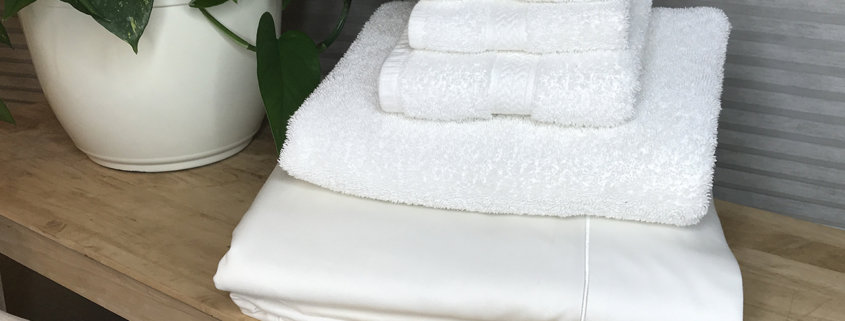

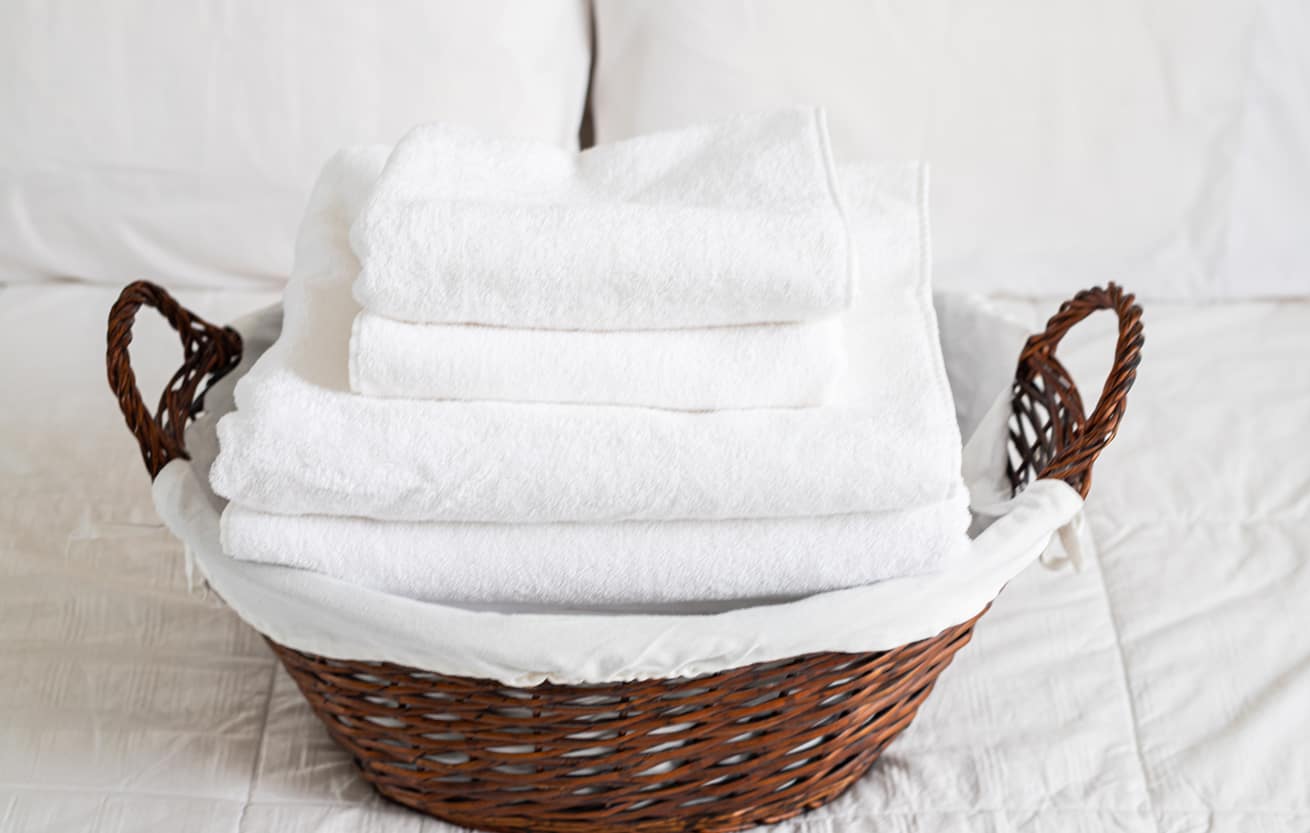
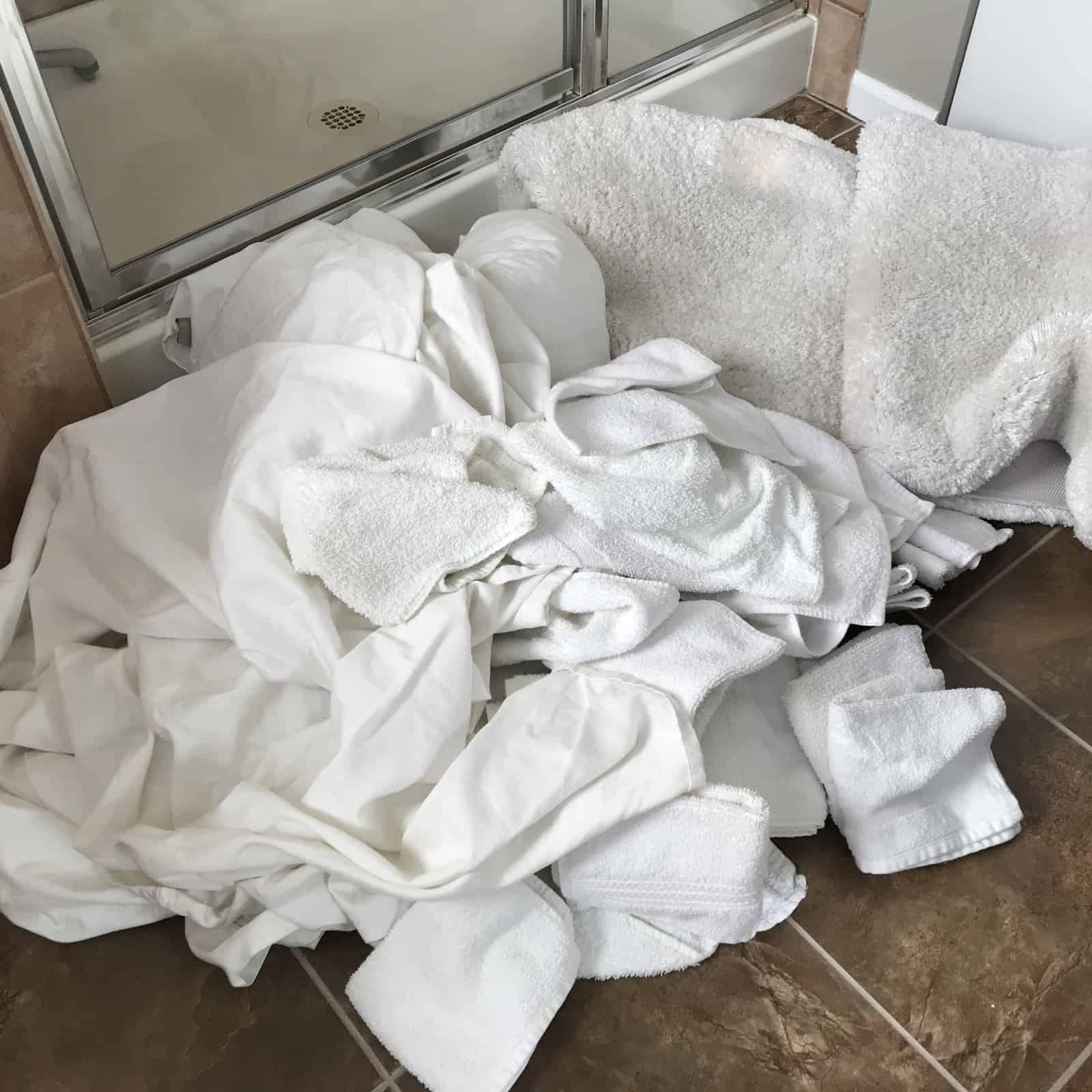
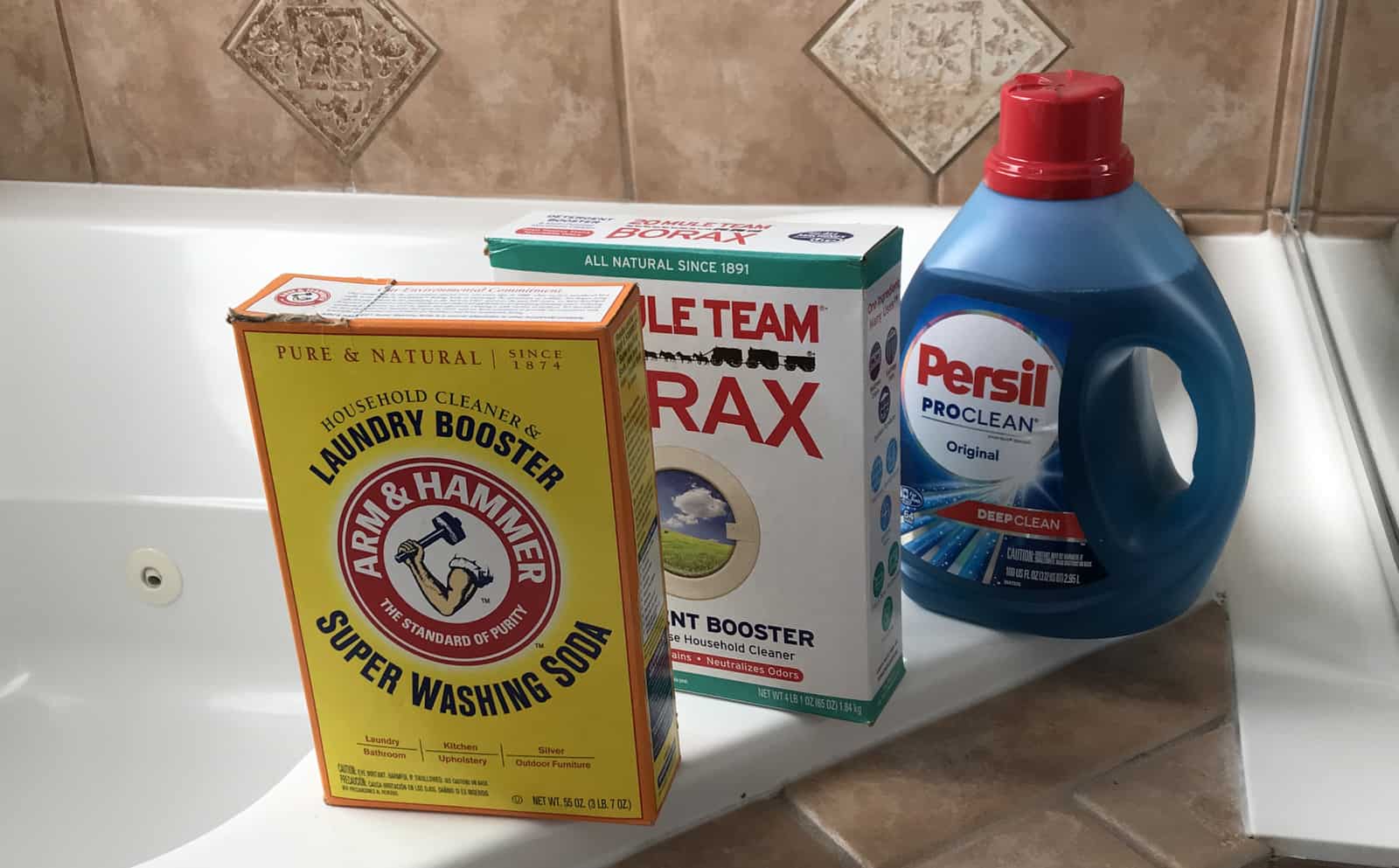
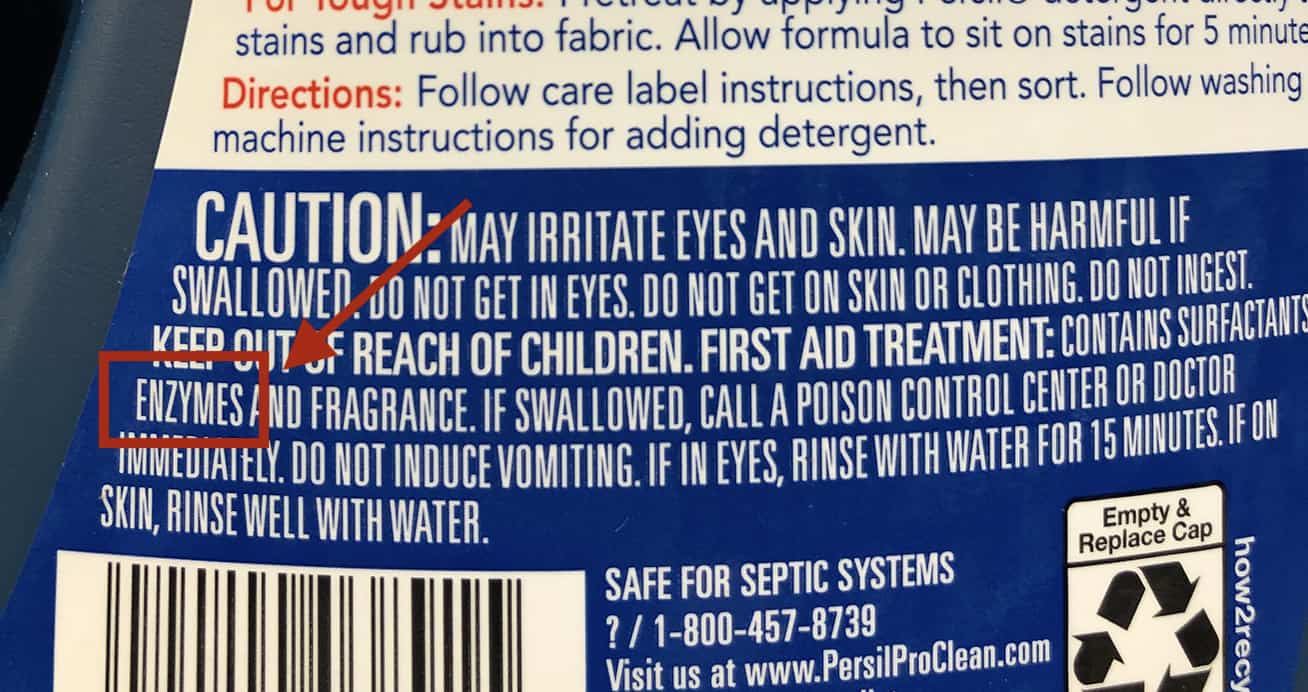
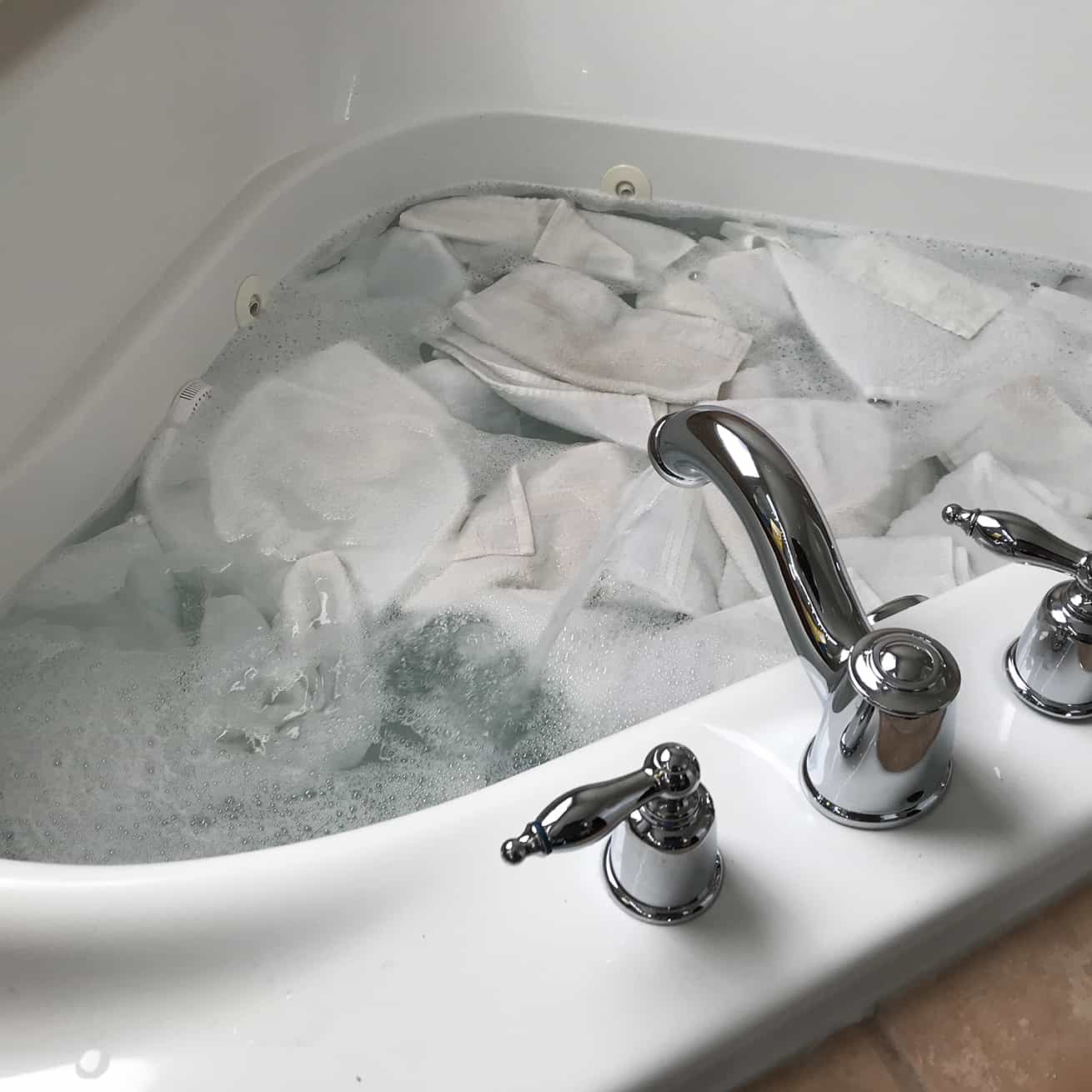
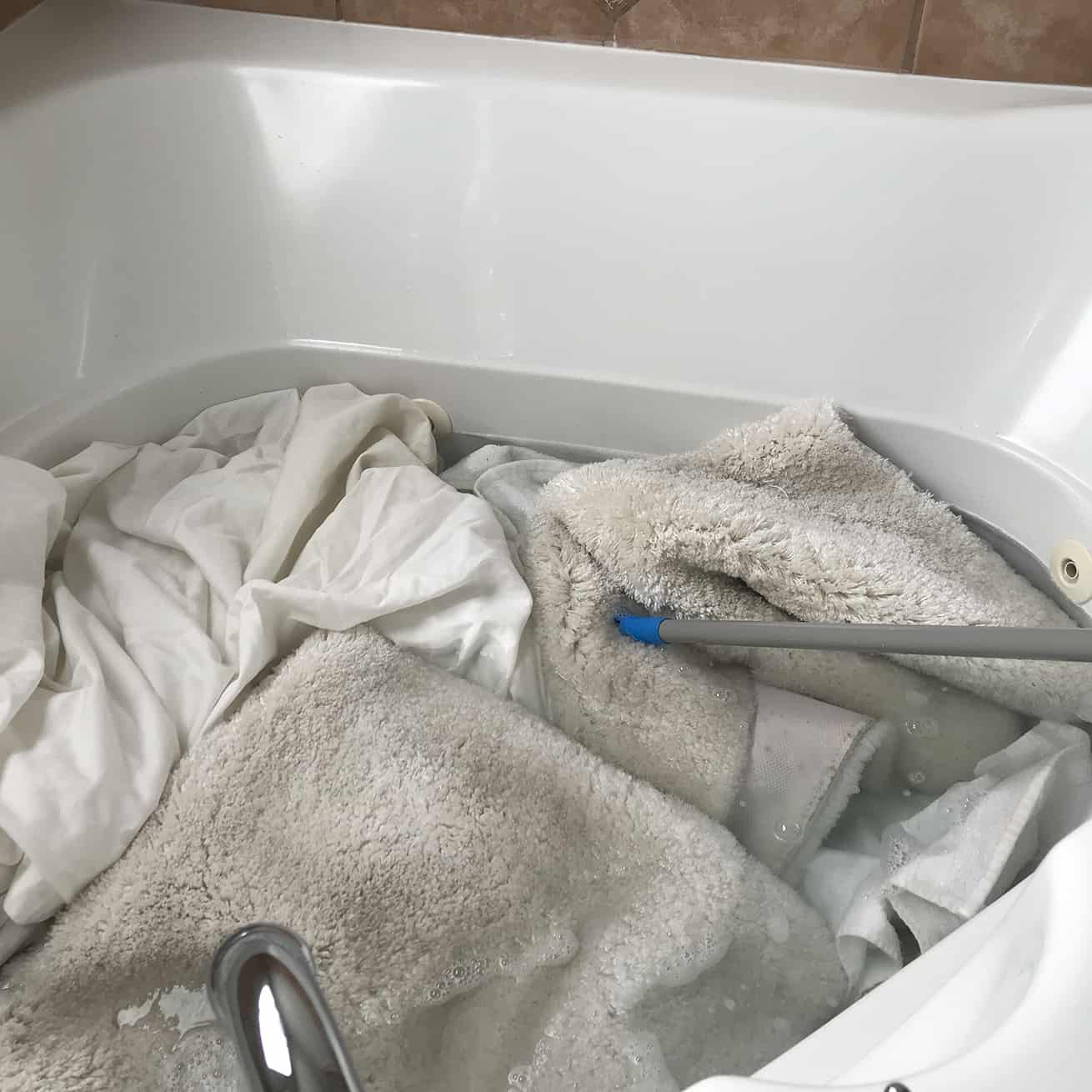
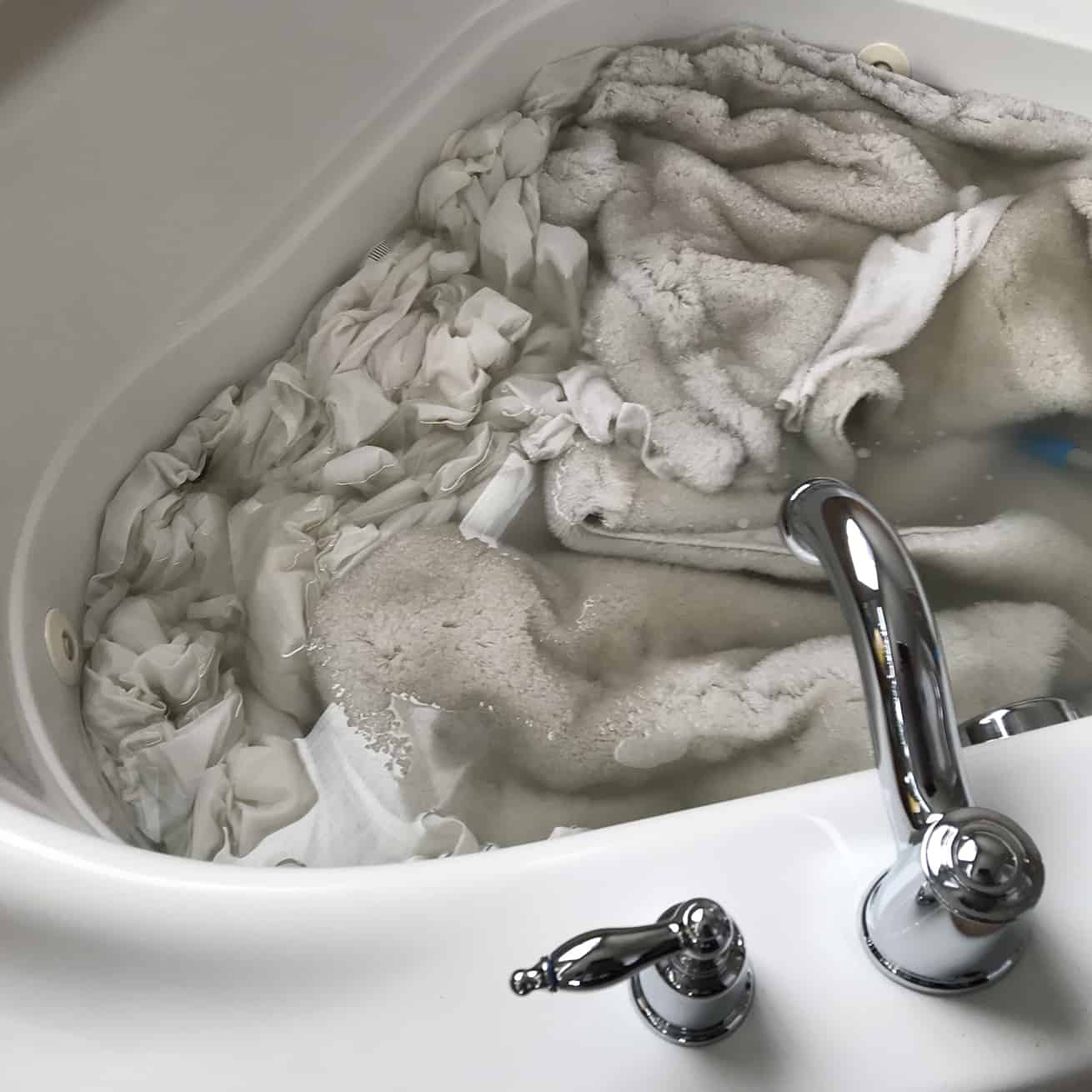
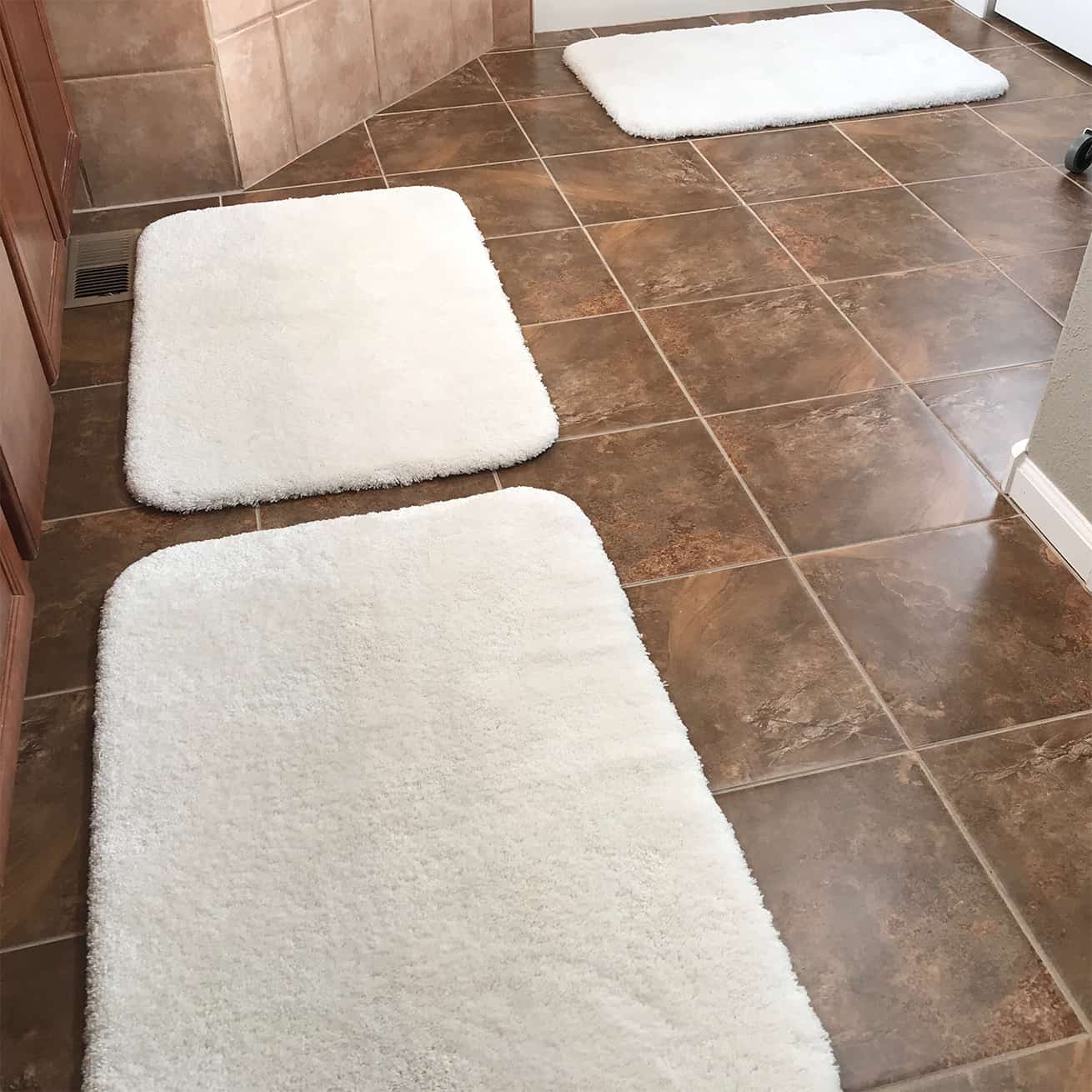
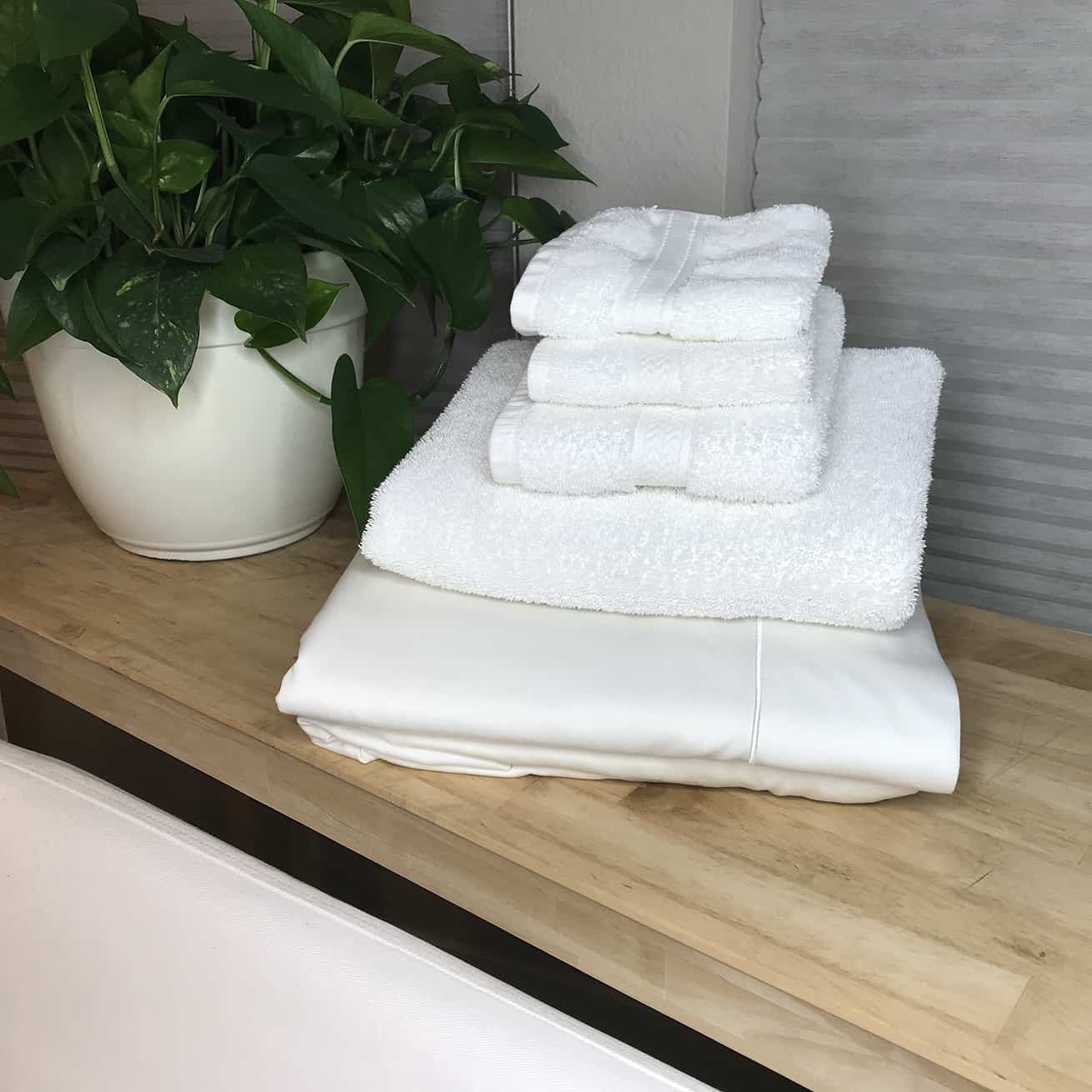





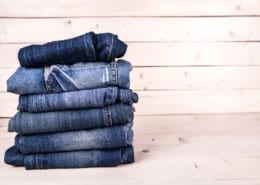
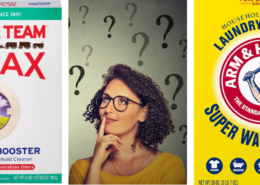


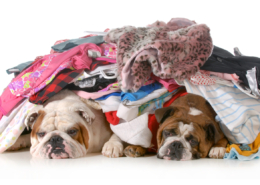
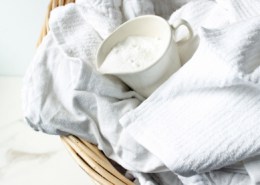
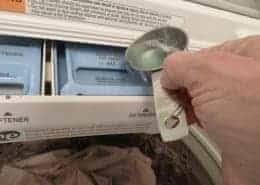
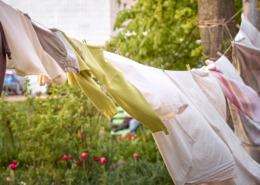
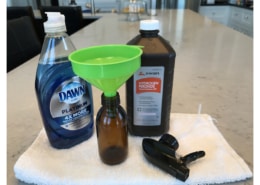


It might. Just make sure you launder those items first, then throw them into the stripping “cauldron!”
I’m gonna try this, but I think borax makes my fingers break out in a blistery rash. Hopefully, the post-stripping wash/rinse in the machine will remove any borax residue. If not, the rash doesn’t last forever (sigh). Thanks for the details!
I did this today with a bunch of yucky sports socks and kitchen potholders. When I started, everything was tired, worn out, and kind of stinky. Wow!!!! The water became Dis-gusting(!!) and the clothes became A-mazing. I am a new fan!!
I make my own laundry soap with your recipe — borax, washing soda & blue Dawn. Will this substitute for this soaking method? In other words, does blue Dawn include the necessary enzymes? I haven’t noticed graying in my laundry for several years.
Your process brought back memories of my Mom washing lace curtains for people ,she had a plunger (yes the one for plugged drains) to stir items around. Same outcome. ( She only used that plunger for cleaning the curtains).
Biz for laundry is enzyme based and comes in powder or liquid.
Yes, it is. And there are several varieties of Biz as well!
Biz is really hard to find locally.
Do you have any suggestions? online purchse?
Is this a dumb question? Could I use Cascade powdered dishwasher detergent in place of Persil? It contains sodium carbonate, sodium silicate and enzymes.
You could but I wouldn’t recommend it. First, there is other stuff in Cascade, it’s not in the right proportions you need for Stripping Laundry and it’s pretty pricey! The way I see it, Laundry Stripping takes a lot of time and energy. Don’t cut your results short by taking shortcuts that will most certainly affect the outcome!
Is there a diy substitute for the Tide with Enzymes or Persil ?
Hi Martini … I am on a mission to come up with an enzyme addition to our DIY laundry detergent, which I think would the answer to your question. But at this time, I don’t have that option for you. Stay tuned!
I googled it while in the detergent aisle at Walmart Arm & Hammer with OxiClean (but only the kind with OxiClean). The small bottle (25 loads) was under $3.
I have old hardwood floors (from before polyurethane finishes existed) and I use about a quarter cup of washing soda in the mop water. I get that same satisfied feeling after mopping that Mary describes. It pulls up so much more gunk than regular cleaners do. It gives you a sense of accomplishment when you empty the bucket. I always keep a box on hand.
If I did this, I’d use my washing machine for the soaking part. Why does it have to be the tub?
Hi Wanda … Many washers do not give the option for water hot enough to make this process work well. Add to that, front loaders especially use so very little water with no option to increase that, which also makes laundry stripping pretty much non effective. Third, even if you were to do this and turn the washer off for the duration required, many have an automatic drain feature upon stopping and if not, a locked washer cannot bet “stirred.” All of those actions are requred for best resultsl
Thanks Mary. I will try this formula, next time I wash my white bath mats.